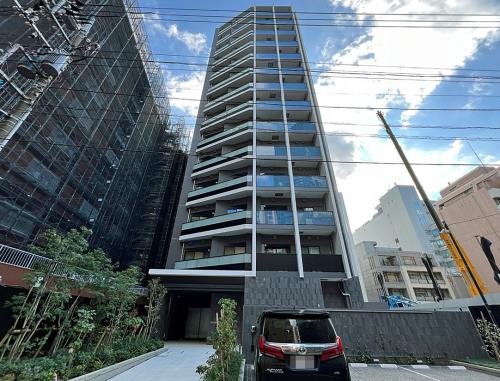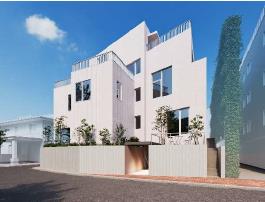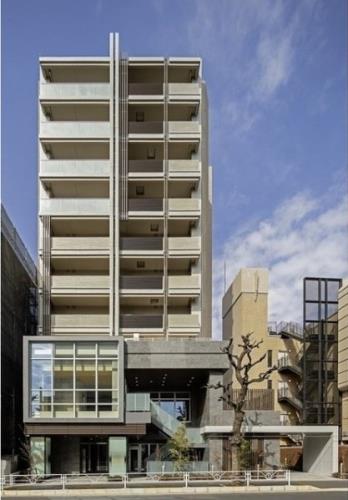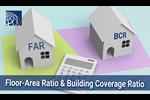Rent Arrears and Eviction Process in Japan
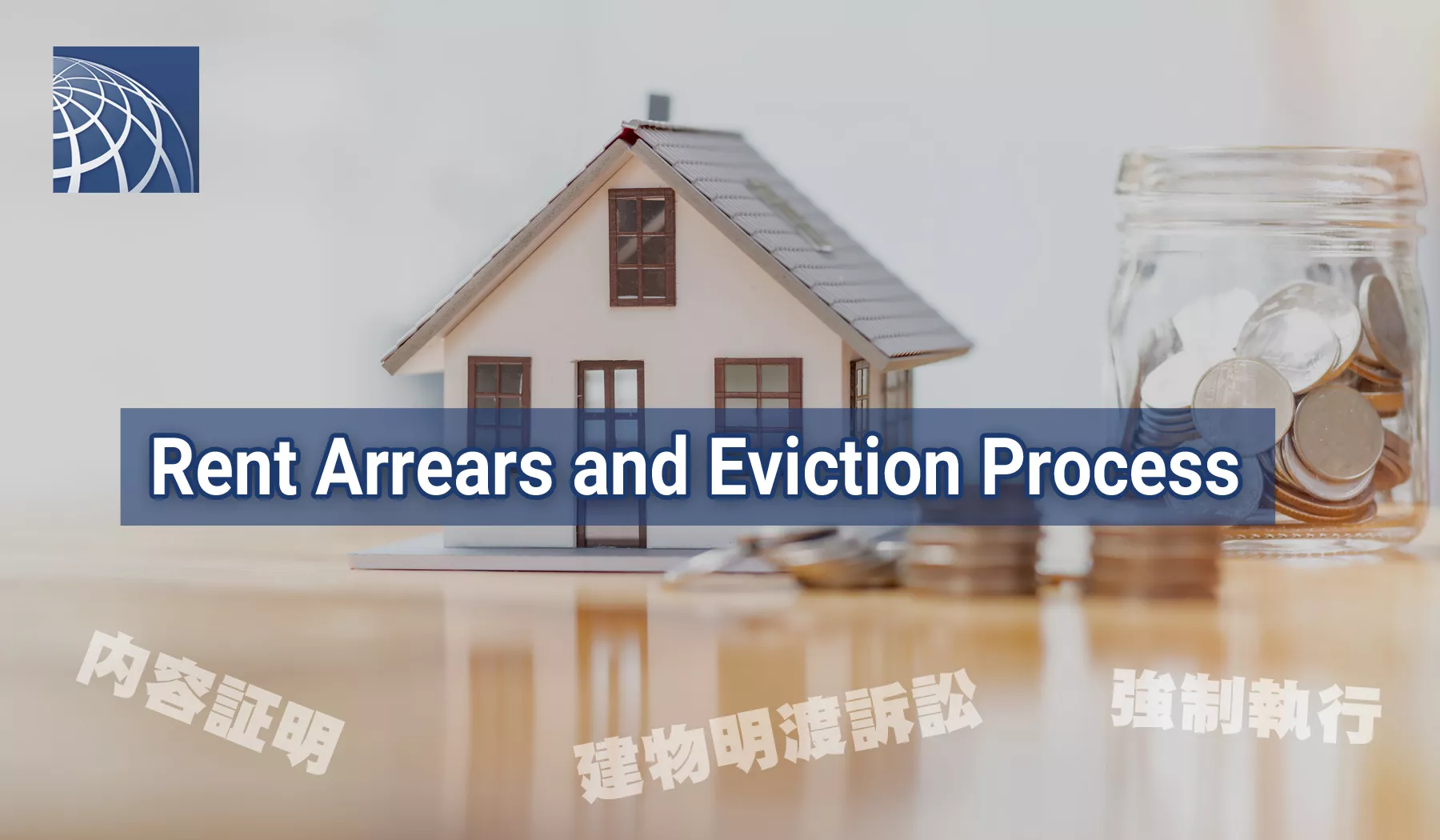
When a tenant in your rental property is behind on rent payments, it is important to note that Japanese law does not permit immediate eviction requests or changing of door locks and keys by the landlord. To address potential issues related to rent arrears, it is essential to understand the appropriate steps and procedures for eviction, which we will outline here.
The lease contract usually specifies that the rent must be paid by the 25th or the last day of the previous month, but there is a possibility that the lessee’s payment will be delayed for some reason. So, we will explain what the lessor should do when such situation happens. Please note, however, that this article explains the case where the lease contract does not come with “Lease Guarantor Company” but comes with a joint guarantor. If the contract comes with "Lease Guarantor Company", the problem will be solved in accordance with the terms of the contract with the "Lease Guarantor Company", and the way to handle the problem differs depending on the company. We recommend that you check carefully and understand the contents of the contract with the "Lease Guarantor Company" in the same way that you check those of the lease contract.
If you become aware of the fact that the rent has not been paid by your tenant, you will solve the problem according to the following process.
Process from Rent Arrears to Trial and Eviction
- Urging the tenant and guarantor to pay unpaid rent by phone, letter, or visiting them.
- Urging them to pay the unpaid rent by “Certificate of Contents Letter (Mail)”.
When the payment has not been made for more than 3 months despite repeated reminders, it is generally regarded as a broken trust in relationship between the lessor and the lessee under the Civil Code. So, you should send notification to urge them to pay the rent through content-certified mail. " Certificate of Contents " is a system that the post office certifies when and what kind of document was mailed from whom to whom. In the Certificate of Contents Letter, you should include a reminder to pay the unpaid rent and a statement that you intend to cancel the lease contract unless payment is made by the due date. - Filing “Eviction Lawsuit” to a competent court for requesting the vacation of the leased property and the payment of the unpaid rent. When the payment of the rent is not made despite the reminder by content-certified mail, and then the contract is cancelled but the lessee does not move out, you should file “Eviction Lawsuit” to the court of competent jurisdiction, for requesting the vacation of the leased property and the payment of the unpaid rent.
- Holding a court trial - It takes about 2 months from the filing of the lawsuit to an eviction judgment.
-Making a small claim
When the amount of arrears is less than 600,000JPY, you can use a small claims action of a summary court. You may have immediate results by it, and it will be less expensive than a formal court procedure.
If the amount in arrears is not paid although you have won the case, you can file a petition for compulsory execution.
-Filing a demand for payment
There is another method instead of a trial, which is filling a demand for payment. You only need to file a complaint with the court, you don't need to appear in court, and it costs less than a formal court procedure. If the lessee does not comply with the order for payment, you can file a petition for compulsory execution. - Filling a petition for compulsory execution - If the lessee does not move out of the leased property although the lessor has won the Eviction Lawsuit, the lessor can file to the court a petition for compulsory execution of the eviction order.
- Being notified of the date and time of the execution by the court - The court will notify the lessee of the date and time of the execution of the eviction order. It takes about 2 months from filing the petition to the execution.
- * Compulsory execution is an act performed by a person with special authority called a court execution officer, so even if a legal decision of compulsory execution is made, the lessor cannot enter the property to remove the furniture nor change the door keys.
Example of Certificate of Contents Letter (This part is shown in Japanese)
家賃支払い催告書
賃借人、 様 (連帯保証人 様)
貴殿が令和〇年○月○日付の賃貸借契約において賃借(連帯保証)されている東京都○○区○○ ○丁目○番○号所在の○○ハウス〇号室の、令和〇年〇月分賃料、〇月分の賃料が、〇月分の賃料が、令和〇年〇月〇日現在において入金の確認ができません。賃貸借契約に基づき、未払い分の〇月分賃料と、〇月分の賃料、〇月分の賃料、賃貸借契約書第〇条〇項に基づく延滞利息を直ちに下記口座までお振込下さい。
〇月分賃料 ¥999,999
〇月分賃料 ¥999,999
〇月分賃料 ¥999,999
延滞利息 ¥9,999
____________
計 ¥9,999,999
振込先: ○○銀行 ●●●支店 普)○○○○
尚、賃貸借契約第〇条により、預け入れ済の敷金をもって未払い賃料との相殺を主張することができないこと、上記金額に加えて〇月末日迄に〇月分の賃料の支払いが必要になることをご理解下さい。本書に対する返答は書面にてお願い致します。
令和〇年〇月〇日
東京都○○区○丁目○番○号
賃貸人: ○○
Summary
If a tenant of a rental property falls behind in his/her rent payment and the amount in arrears is large, it may take 1 year or less and need various efforts to solve the problem. To avoid such problems, you can use a “Lease Guarantor Company” or receive the rent from the lessee by “Bank Transfer”. When concluding a lease contract, it is recommended that you carefully consider how to receive the rent payment along with other conditions in the contract.
>> About “Lease Guarantor Company”
Furthermore, please note that this article explains a general solution procedure, so we recommend that you consult with an expert to solve the real problem.

- Rental Apartments & Houses in Tokyo
- Listings of popular and luxurious rental apartments, condominiums, and houses designed with expats in mind.

- Apartments & Houses for Sale in Tokyo
- Listings of apartments, condominiums, and houses available for purchase in Tokyo.








